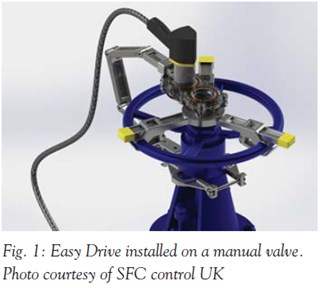Plant isolation philosophy
Before we go any further and start discussing about these three naughty fellows who have been confusing valve specification engineers for a considerable time it will be informative to first briefly consider plant Isolation philosophy. The broad purpose of a plant isolation philosophy is to specify two things about the valves, namely how many and what type of valves are required for a short term or a long term maintenance strategy of a specific equipment when the rest of plant is still operational.
Although the definition of short term or long term maintenance is end user specific a general definition can be given that is based on maintenance work time requirement. If maintenance work can be completed in one shift of eight to ten hours then it is generally specified as short term, if not then it is considered to be long term.
A spared PRV’s pop up testing is short term proactive maintenance strategy while the maintenance of a non-spared pump is long term reactive maintenance requirement. To prepare an isolation philosophy, the process engineer and valve specification engineer have to sit together and refer to following general inputs such that the type of valve and number of valves can be specified in the P&ID.
•
End user Isolation philosophy: This is one of the organization assets for the end users and has been prepared based on years of experience and operators feedback
•
Type of equipment to be protected: Critical equipment in the plant or equipment requiring frequent maintenance both require a specific valve selection criterion
•
Type of fluid to be isolated: For example Category M-Hazardous fluids of ASME B31.3-Process Piping require a greater number of valves with minimal leakage to ensure that an operator working downstream of an Isolation valve should not be affected by valve leakage or valve failure. The valve specification engineer has to guide the process engineer about the tightness level available from the plethora of isolation valve options. A similar ball valve with different seating arrangement (soft or metal) will have different leakage rates.
•
Pressure and temperature rating of the fluid: It is very easy to understand that a higher pressure rating fluid service at high temperature can pose more danger in the event of a valve failure and hence additional redundancy is required to ensure that the isolation valve is available during the required shutoff.
•
Full bore/reduced bore valves: Some process services like flare/piggable have a requirement for full bore valves. So, in such cases butterfly valves can’t be used.
•
Valve cost: Process engineers are not generally aware of valve costs and hence the valve specification engineer has to guide process engineers such that the appropriate valve with the lowest cost can be selected. If a gate valve can provide the required isolation for utility services like air and water then there is no need to specify very costly ball valves. The valve cost has two components;- Capex and Opex. Capex means initial cost while Opex means the cost in terms of spares or maintenance required.
• Valve operability: Normally the selection of Instrumentation shut-down valves is mainly governed by valve operability. Generally ball valves are selected for sizes up to and including twelve inches with butterfly valves used for bigger sizes thanks to the ease of actuation available for quarter turn valves. Although the operability of manual valves has always been an important consideration to prevent operator fatigue on large valve sizes in particular, this consideration has been made less significant following the introduction of portable pneumatic devices (see Figure 1).
Nowadays, end users just specify if a pneumatic operator for the valves is required or not based on the number of turns required to open/close the valve. Generally valve operation requiring more than fifty turns is the threshold for the selection of such device.
• Other factors such as valve availability, overall valve size, valve suitability for expected temperatures, pressure drop across the valve etc are quite secondary.
It is recommended that the reader should look at the end user philosophy for some big operators like Shell, Total and Exxon Mobil to understand the basis of valve selection. See Figure 2.




